The Five Seasons Of Weather
After Spring starts, and before summer begins, comes...Fire Season?
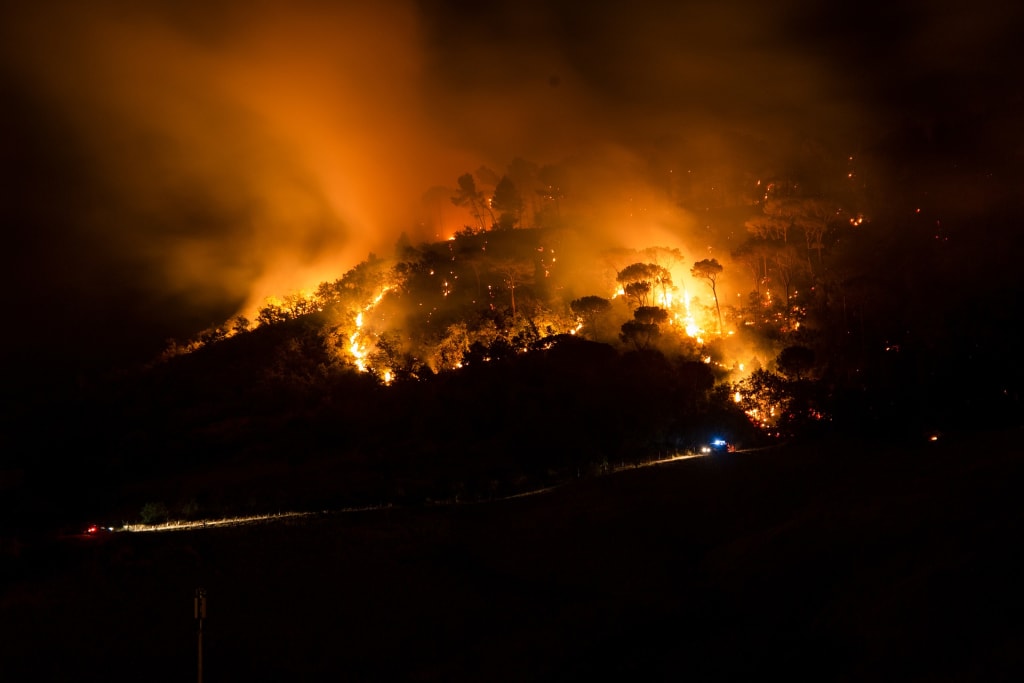
Wildfire Season Is Upon Us
It's early in the season, and so far, the number of acres burned across the United States is nearly 78% above the 10-year average. Much of the West, Plains, and Texas remain in the middle of a historic drought as they suffer from above-average temperatures and below-normal precipitation. The current conditions are a perfect storm that could bring larger and even more dangerous wildfires this year.
The National Wildland Fire Preparedness Level remains at Level 2. However, the Southwest Region was elevated to Preparedness Level 4 on April 19th, setting a record for the earliest date this has ever occurred. The way things are progressing, it won't be long before responders are at level 5.
In New Mexico, six of the nation's largest wildfires have already burned through 250,000 acres this year. This has created an unprecedented disaster in New Mexico, with far-reaching impacts on communities, families, and livelihoods.
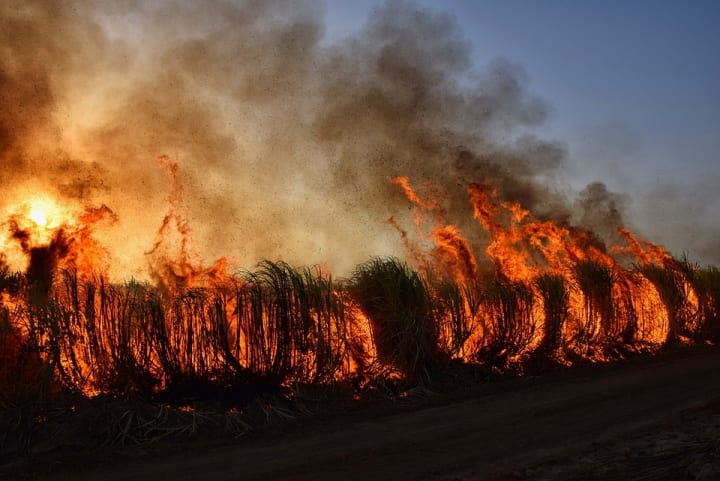
This week the President approved a major disaster declaration covering Colfax, Lincoln, Mora, San Miguel, and Valencia Counties in New Mexico. This, hopefully, will fast-track federal assistance to the region to combat the fires and help aid recovering areas. Federal firefighters have already joined state, local, and Tribal firefighters in New Mexico for a unified and coordinated response with nearly 2,700 personnel on the scene as of May 6th.
Historic Wildfires Tied To Global Warming
- Forest fires have increased dramatically. Global warming is leading us to longer, harsher, droughts and increasingly extreme weather events.
- Smoke and carbon released into the atmosphere from the fires also act to accelerate further warming and rise in temperatures.
- It remains vital that these fires, and the broader climate crisis, are managed to avoid the growing frequency and severity of natural disasters occurring around the world.
Across the Western United States, fires blazing out of control have claimed dozens of lives, destroyed countless properties, left people homeless and displaced, and brought down the air quality at a time when the country struggled to contain a respiratory viris attacking respiratory health. The often ominous hues in the skies over the western half of the United States are a preview, a harbinger, of what's the come in a world continuing to not do enough to combat climate change. What was once a distant future now plays out yearly, in front of our eyes.
Wildfires in the Western United States, and around the world, have been getting progressively worse. In the past couple of years Oregon, Washington, and California have seen fires off the charts compared to previous years.
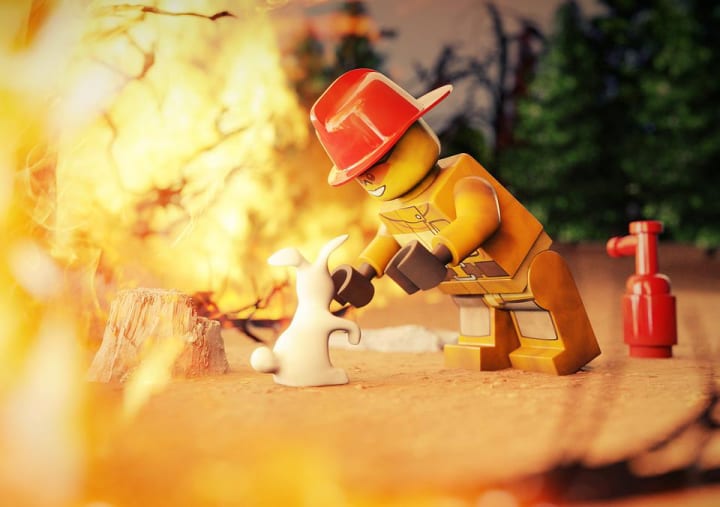
Climate Actions In The Face Of Our Destruction
There should be no question in anyone's minds about the climate changing and the change that's coming. The continued growth in the severity of Wildfires goes hand in hand with the continued growth in the severity of Tornado season, Hurricane season, Droughts, and localized floods. These changes are going to get progressively worse over the next decade, two decades, and beyond.
As wildfires will overtake the western part of the United States this year, and all of the requisites are in place for another record-breaking year, the question of what can be done returns. The United Nations climate challenges outline five climate action challenges.
- Accelerate the transition to electric vehicles and make electric transport the new normal by 2030, joining the EV100 initiative.
- Set science-based climate and sustainability targets while building climate-resilient supply chains and communities.
- Implement climate-friendly land use, conservation, and agriculture policies.
- Commit to the use of green bonds for infrastructure investment and ask investors to invest in them.
- Transform communities through innovation around net zero emissions buildings, fossil fuel free streets, and waste reduction.
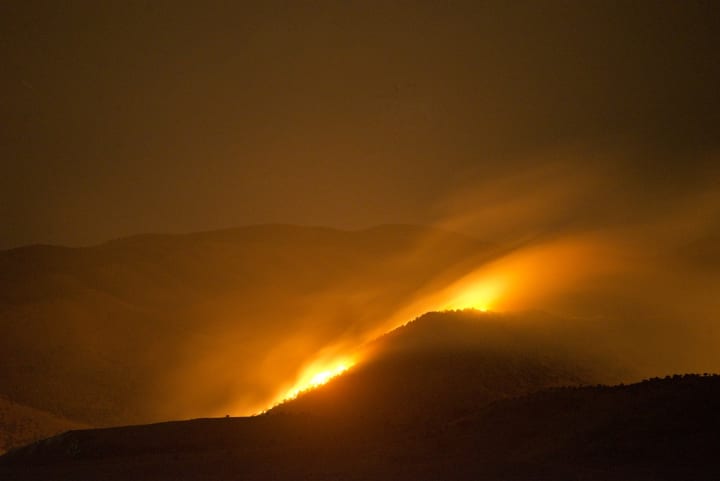
Wildfires And Temperature Change (Global Warming)
Temperatures on the U.S. West Coast have risen by 1.5 to 2 degrees since the beginning of the 20th century. California, Washington, and Oregon temperatures have been noticeably warmer with Oregon and California being 2 degrees warmer. At the same time, rain has increasingly replaced the snow in the Northwest, reducing the snowpack, and causing the soil to dry out. The total of these factors combined create drier conditions and allow wildfires to ignite and spread.
The West Coast may surpass annual burned area records every year. Western U.S. wildfire seasons have lengthened by approximately 3 days per year since the 70s due to rising temperatures and snow melting earlier in the season. Elevated temps dry out vegetation that turns into a tinderbox for fires. Despite the risks posed by wildfires to homes and lives, housing growth in once sparsely populated regions has increased the risk to nearby forests and vegetation, leading to more human-caused fires.
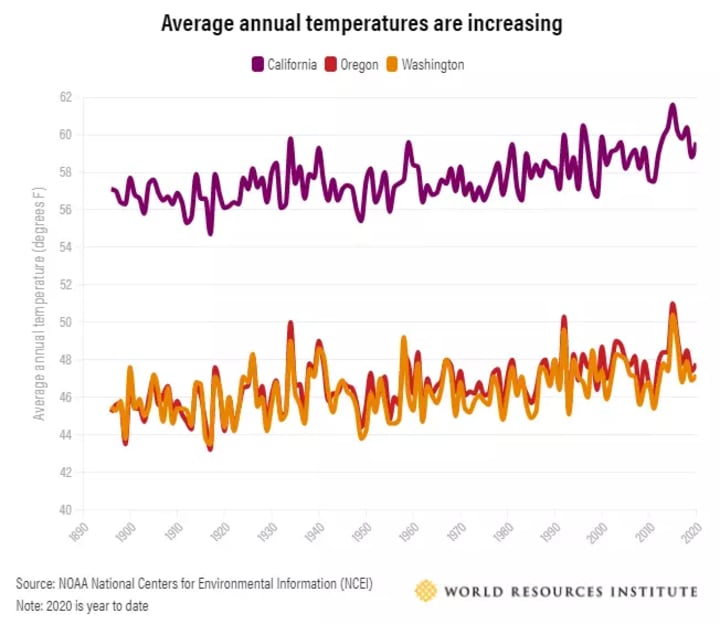
In Conclusion
Despite climate deniers and science deniers, there is a visible effect being seen by the people of the world. Every year, things continue to get worse as the world lingers on the edge of a climate cliff. Doing more is the right thing to do, but the technology is still far behind where it needs to be for most people to make the shifts necessary to bring down CO2 emissions.
We're left with doing the little things. We can stop using plastics wherever possible, plant a tree, participate in cleaning up parks, recycling programs, and controlling our waste. We can do these things and more while we wait for the electric vehicle market to grow enough that it's available to everyone. In the end, it's up to us, how much are we willing to do to ensure that the planet remains livable or that the increasing severity of disastrous weather seasons is addressed.
About the Creator
Jason Ray Morton
I have always enjoyed writing and exploring new ideas, new beliefs, and the dreams that rattle around inside my head. I have enjoyed the current state of science, human progress, fantasy and existence and write about them when I can.
Reader insights
Nice work
Very well written. Keep up the good work!
Top insights
On-point and relevant
Writing reflected the title & theme
Easy to read and follow
Well-structured & engaging content
Expert insights and opinions
Arguments were carefully researched and presented
Excellent storytelling
Original narrative & well developed characters



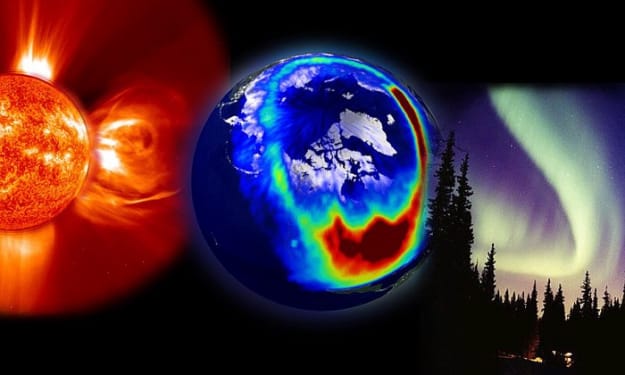



Comments (1)
Strange how those in power seem to think this is OK, excellent work